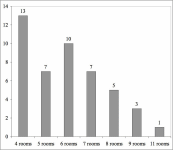
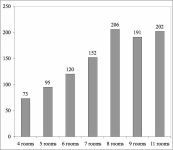
Figure 32: Number of rooms among Type A.4 bars and number of bars in each group.
Figure 33: Number of rooms among Type A.4 bars and the average area of the bar in each case (in m²).
Forty-six properties had four or more rooms, and are thus classified as Type A.4. The average size of Type A.4 properties was 126m². The largest was at I.8.8 (292m²), the smallest at VI.10.1/19 (43m²). The following list indicates the number of examples for Type A.4 properties as defined by their number of rooms, and their average size (none had 10 rooms):
It is clear from Figure 32 and Figure 33 that I have classified a considerable range of properties as a single type. I have grouped properties with various numbers of rooms together because of their similar features and characteristics. Although some of this type had several more rooms than others, they each appear to have operated as food and drink outlets for both street-side retail, and for consumption within their premises; or in the modern vernacular, as 'dine-in restaurants'. It is significant that all Type A.4 bars operated as food and drink outlets for both internal and take-away consumption. This is supported by the fact that none of the Type B outlets - characterised by the absence of cooking facilities, and discussed more fully in section 6.2 - had four or more rooms.


Figure 32: Number of rooms among Type A.4 bars and number of bars in each group.
Figure 33: Number of rooms among Type A.4 bars and the average area of the bar in each case (in m²).
Recognising the specific spaces associated with the consumption of food and drink in each of the properties under discussion is of course difficult, given the lack of recorded finds among the Pompeian bars. Moreover, with the decoration of most retail properties no longer extant, the difficulties in locating the rooms where food and drink were consumed are further exacerbated. In any case, rooms for consuming food and drink at Pompeii may be recognised by the archaeological remains of fixtures and the arrangement of space; such rooms are conventionally called 'dining rooms'. Some of these rooms may be identified as such by their arrangement with a wide doorway fronting directly onto a central room, or courtyard: for example, I.7.13-14 (Figure 34). Other rooms faced, or had a window onto, a garden: for example, V.2.19 (Figure 35). The presence of fixtures associated with the consumption of food and drink, particularly triclinia (dining couches), offer a more certain indication: for example, I.11.16 (Figure 36). Other arrangements for dining may have existed on upper floors. Varro tells us that the consumption of meals on upper floors was a developing phenomenon among Roman houses (De lingua Latina 5.162; on the possible use of upper floors for consuming food and drink, see Sutherland 1990).
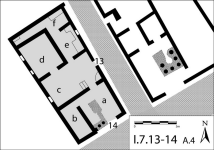
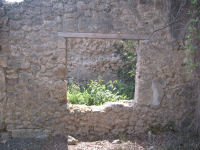
Figure 34: Bar at I.7.13-14, Pompeii. Note the configuration of room d, which might have been used as the dining space.
Figure 35: This large window allowed the customers in Room f to look onto the garden (now filled with weeds!) at V.2.19, Pompeii.
Apart from the difficulties faced in trying to define spaces reserved for the consumption of food and drink, what is clear among the examples of this type of bar is a differentiation of activities among the various ground-floor rooms. I.7.13-14 (see Figure 34) demonstrates that rooms could be set aside for specific activities; this Type A.4 bar had a street-front retailing room (Room a), a storage room (Room b), central court (Room c), internal consumption room (Room d), cooking space (Room e), and a toilet and waste removal room (Room f). However, identifying the distinct limits to an activity that took place in each room is difficult. Some Type A.4 bars had a counter room attached to a larger property that maintained a second, perhaps separate access (e.g. IX.7.21-22 - Figure 37; and I.2.20-21; I.8.8; VI.16.32-33). With such examples one cannot determine with certainty the nature of the spatial, functional, economic and social relationships between one area and the other.

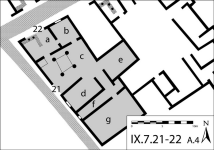
Figure 36: This double-lararium (at top left of the photograph) overlooks the triclinium dining area at I.11.16, Pompeii.
Figure 37: Bar at IX.7.21-22, Pompeii.
© Internet Archaeology/Author(s)
URL: http://intarch.ac.uk/journal/issue24/4/6.1.6.html
Last updated: Mon Jun 30 2008